Introduction
The Amazon Rainforest is a place of unparalleled wonder, teeming with biodiversity and playing a vital role in the health of our planet. This lush biome is a treasure trove of secrets, from its towering trees and unique wildlife to the indigenous cultures that call it home. Let’s dive into 15 astonishing facts about the Amazon Rainforest that will broaden your understanding of this extraordinary ecosystem.
15 Amazing Facts About the Amazon Rainforest
- The Amazon is the world’s largest tropical rainforest.
- It stretches across an incredible nine South American countries.
- The Amazon houses 10% of the world’s known species.
- The Amazon River is the world’s largest river by volume.
- The rainforest is known as the “Lungs of the Earth.”
- The Amazon is home to a vast number of undiscovered species.
- Several indigenous tribes live in the Amazon Rainforest’s depths.
- The Amazon contains a wealth of potential medicinal plants.
- The Amazon Rainforest floor is surprisingly dark.
- The rainforest has its own unique microclimate.
- The Amazon’s soil is surprisingly nutrient-poor.
- The Amazon River once flowed in the opposite direction.
- Deforestation is a major threat to the Amazon Rainforest.
- The Amazon influences global weather patterns.
- The Amazon Rainforest is home to the incredibly dangerous pink river dolphin.
Fact 1: The Amazon is the world’s largest tropical rainforest.
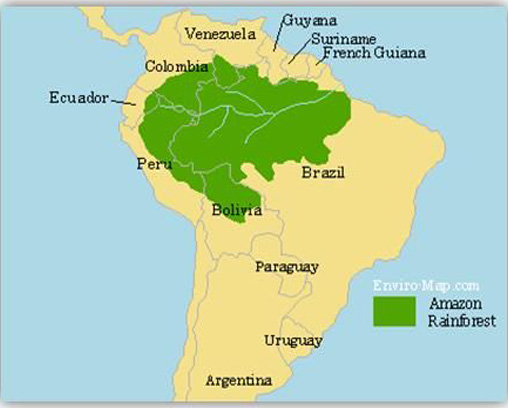
With a staggering size of approximately 6.7 million square kilometers (2.6 million square miles), the Amazon Rainforest is an immense natural wonder. It dominates the South American continent, making it significantly larger than any other rainforest on the planet.
Fact 2: It stretches across an incredible nine South American countries.
The Amazon isn’t limited to just Brazil. This vast rainforest blankets portions of Brazil, Bolivia, Peru, Ecuador, Colombia, Venezuela, Guyana, Suriname, and French Guiana. Brazil holds the majority of the rainforest, with nearly 60% within its borders.
Fact 3: The Amazon houses 10% of the world’s known species.

The Amazon Rainforest is an explosion of biodiversity. Scientists estimate that about 10% of all known species on Earth find their home within this complex ecosystem. You’ll find vibrant birds, exotic insects, stealthy predators, and countless other forms of life thriving in the rainforest.
Read More: 15 Heartbreaking Facts About the World’s Most Endangered Species
Fact 4: The Amazon River is the world’s largest river by volume.
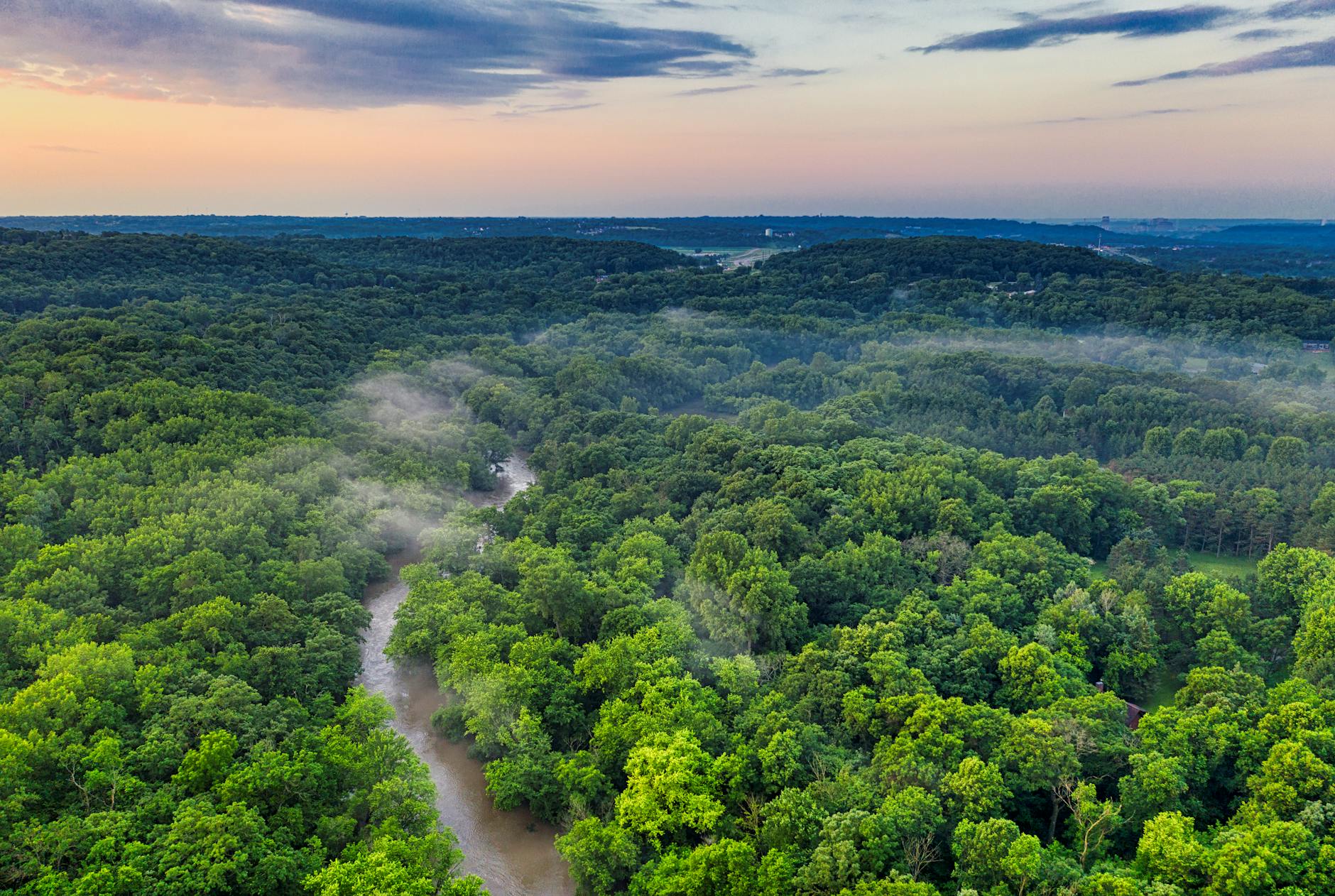
Snaking through the heart of the rainforest is the mighty Amazon River. It carries more water than any other river on Earth, contributing a colossal amount of freshwater to the Atlantic Ocean.
Fact 5: The rainforest is known as the “Lungs of the Earth.”
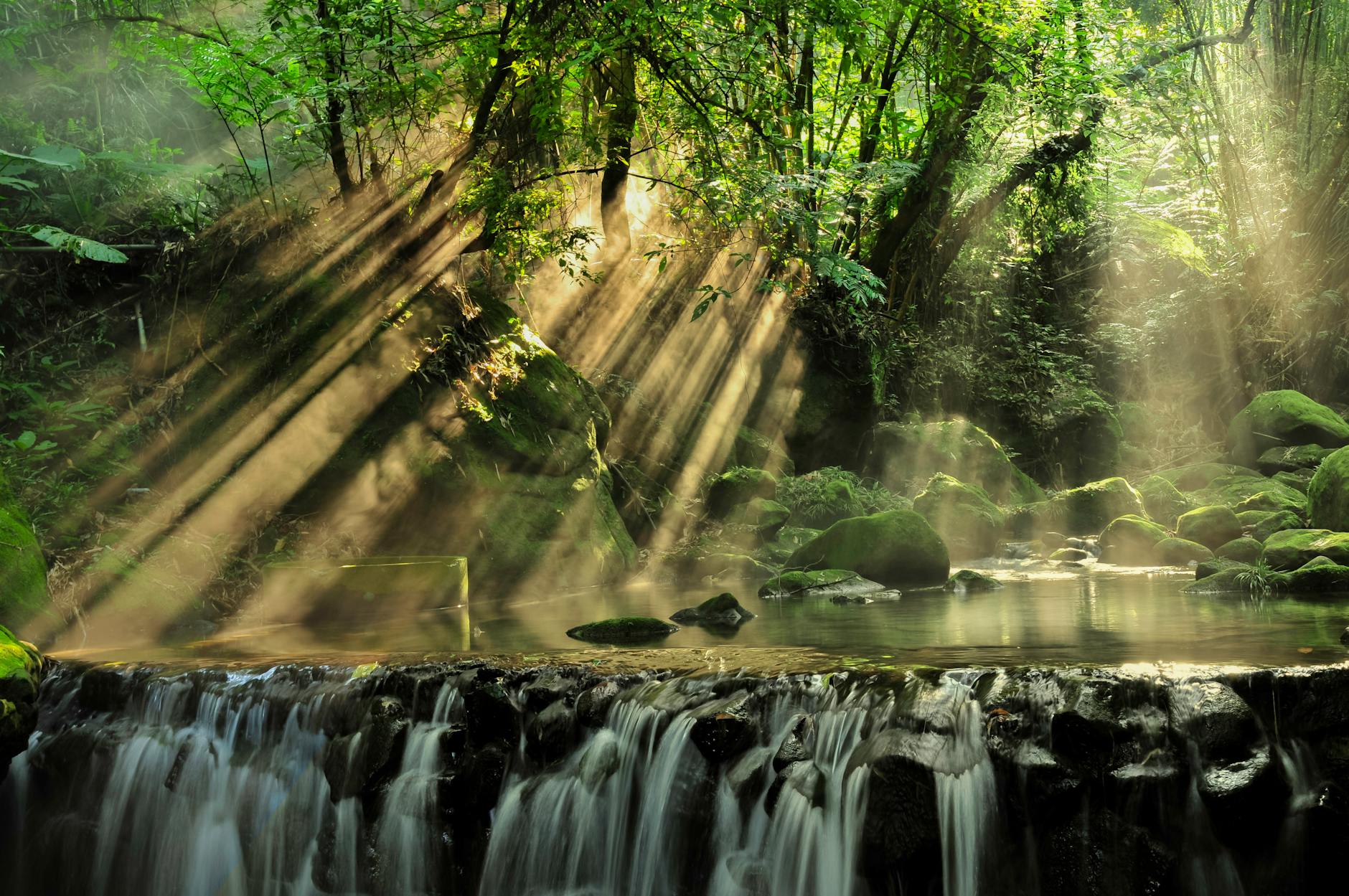
The Amazon Rainforest produces a significant portion of the oxygen we breathe, earning it this fitting nickname. Its trees absorb carbon dioxide and release oxygen through photosynthesis, playing a crucial role in regulating our planet’s atmosphere.
Fact 6: The Amazon is home to a vast number of undiscovered species.
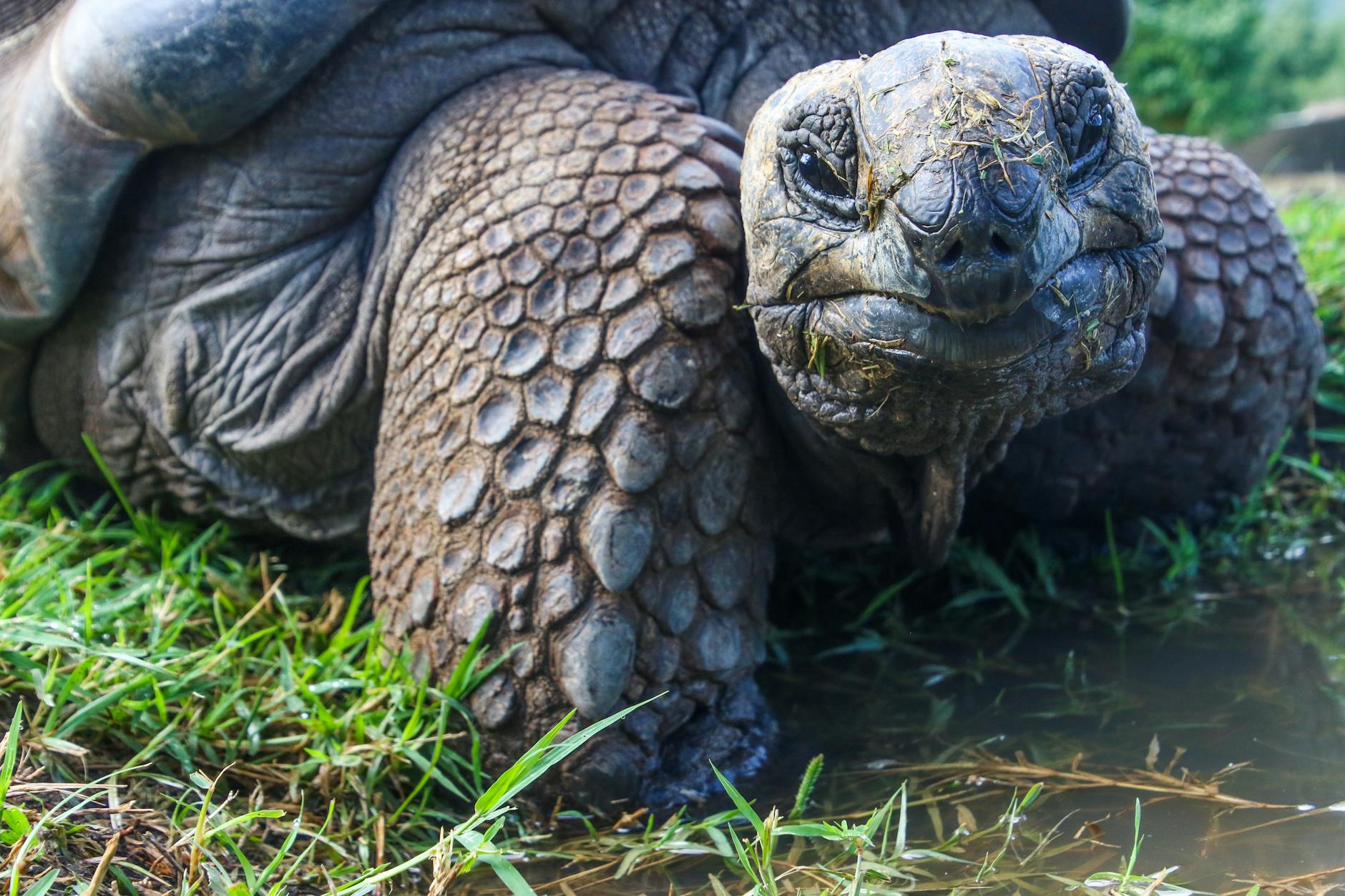
Scientists believe the Amazon rainforest harbors a treasure trove of species yet to be discovered. The sheer density of life and the difficulty of exploring some areas means it’s likely that countless plants, insects, and other animals remain unknown to science. New discoveries happen regularly, making the Amazon a place of constant surprise and scientific excitement.
Read More: Deep Ocean Secrets: 15 Astonishing Facts | Top 15 Facts
Fact 7: Several indigenous tribes live in the Amazon Rainforest’s depths.
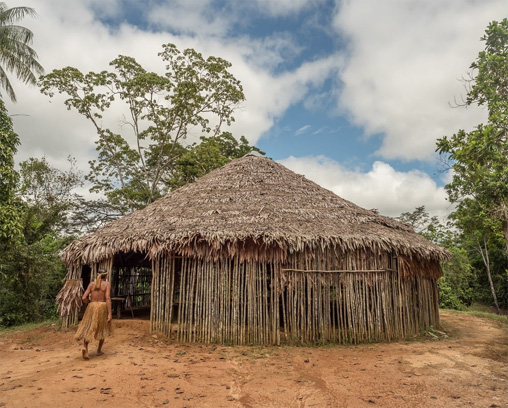
Image Source: rainforestcruises
The Amazon Rainforest isn’t just home to wildlife; it has been the home of indigenous tribes for thousands of years. These tribes possess deep knowledge of the rainforest, its plants, animals, and how to live sustainably within its ecosystem. Unfortunately, many of these tribes face threats like deforestation and encroachment on their traditional lands.
Fact 8: The Amazon contains a wealth of potential medicinal plants.
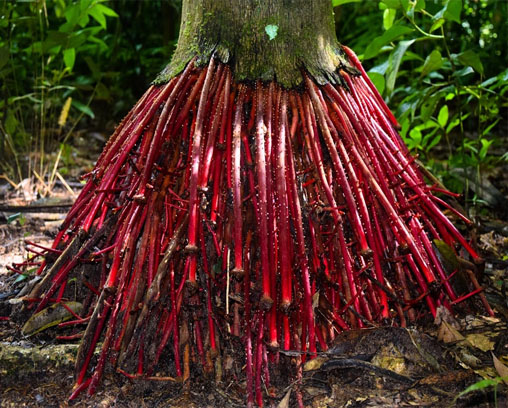
Image Source: rainforestcruises
Traditional healers within the Amazon have long used rainforest plants for their medicinal properties. Scientists are increasingly studying these plants, hoping to unlock new cures and treatments for a range of diseases. The Amazon’s potential as a source of medicine is vast and still largely untapped.
Fact 9: The Amazon Rainforest floor is surprisingly dark.
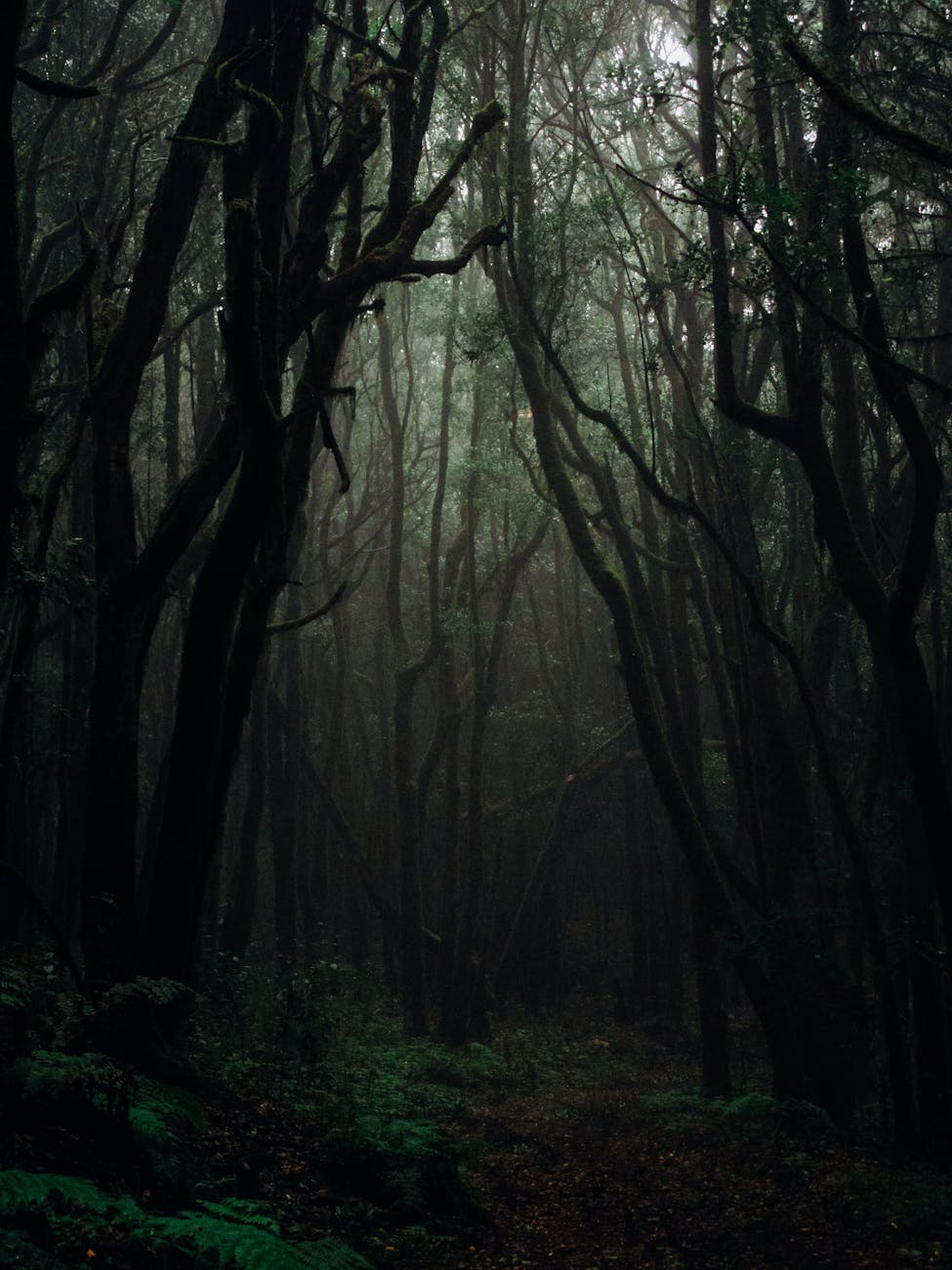
The rainforest’s dense canopy of leaves blocks out much of the sunlight. This means the rainforest floor is a surprisingly dim environment, with only dappled sunlight filtering through. Unique plants and animals have adapted to thrive in this low-light setting.
Read More: 15 Biggest Environmental Threats: Protect Our Planet Now
Fact 10: The rainforest has its own unique microclimate.
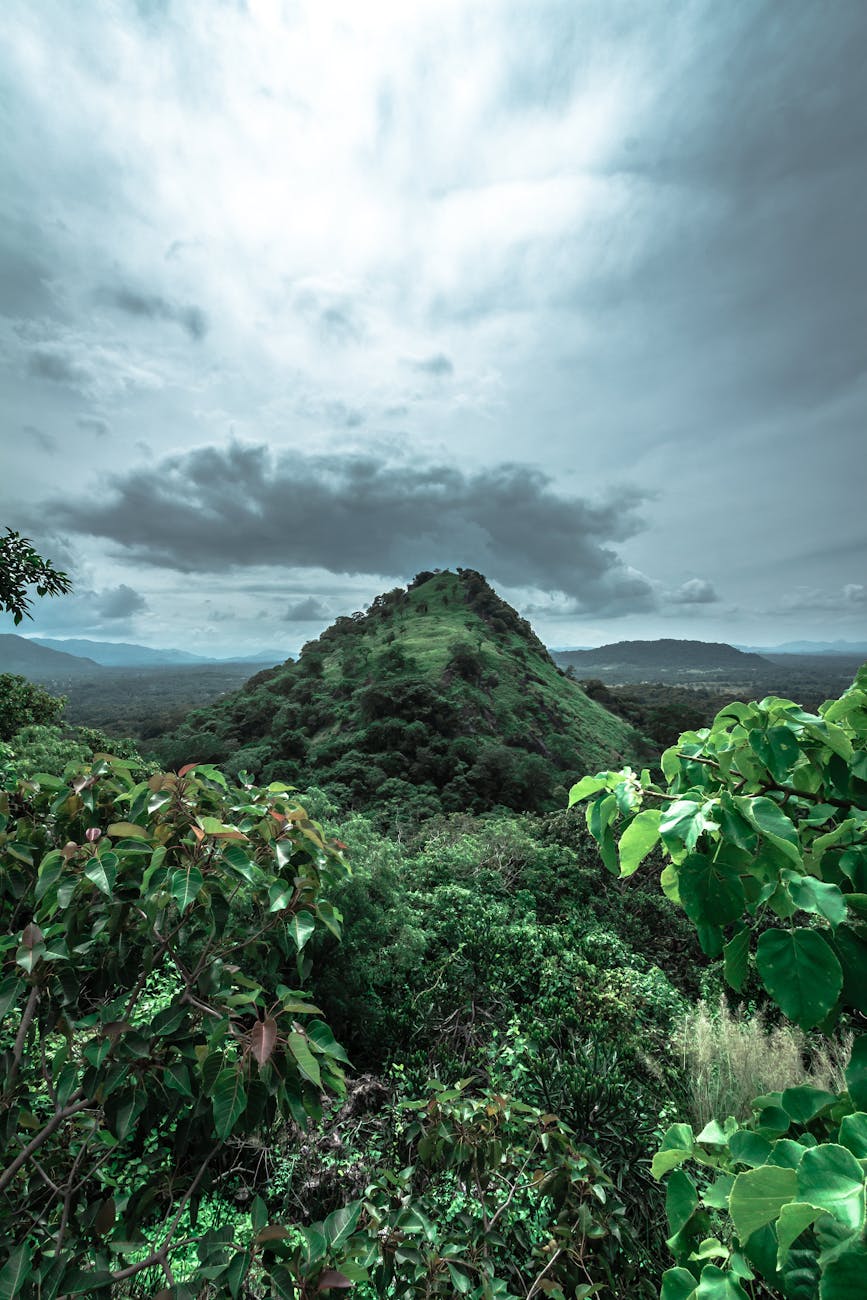
The Amazon Rainforest essentially creates its own weather patterns. The immense amount of vegetation releases moisture into the air, leading to high humidity and frequent rainfall. This specialized microclimate is essential for the survival of the rainforest’s unique array of life.
Fact 11: The Amazon’s soil is surprisingly nutrient-poor.
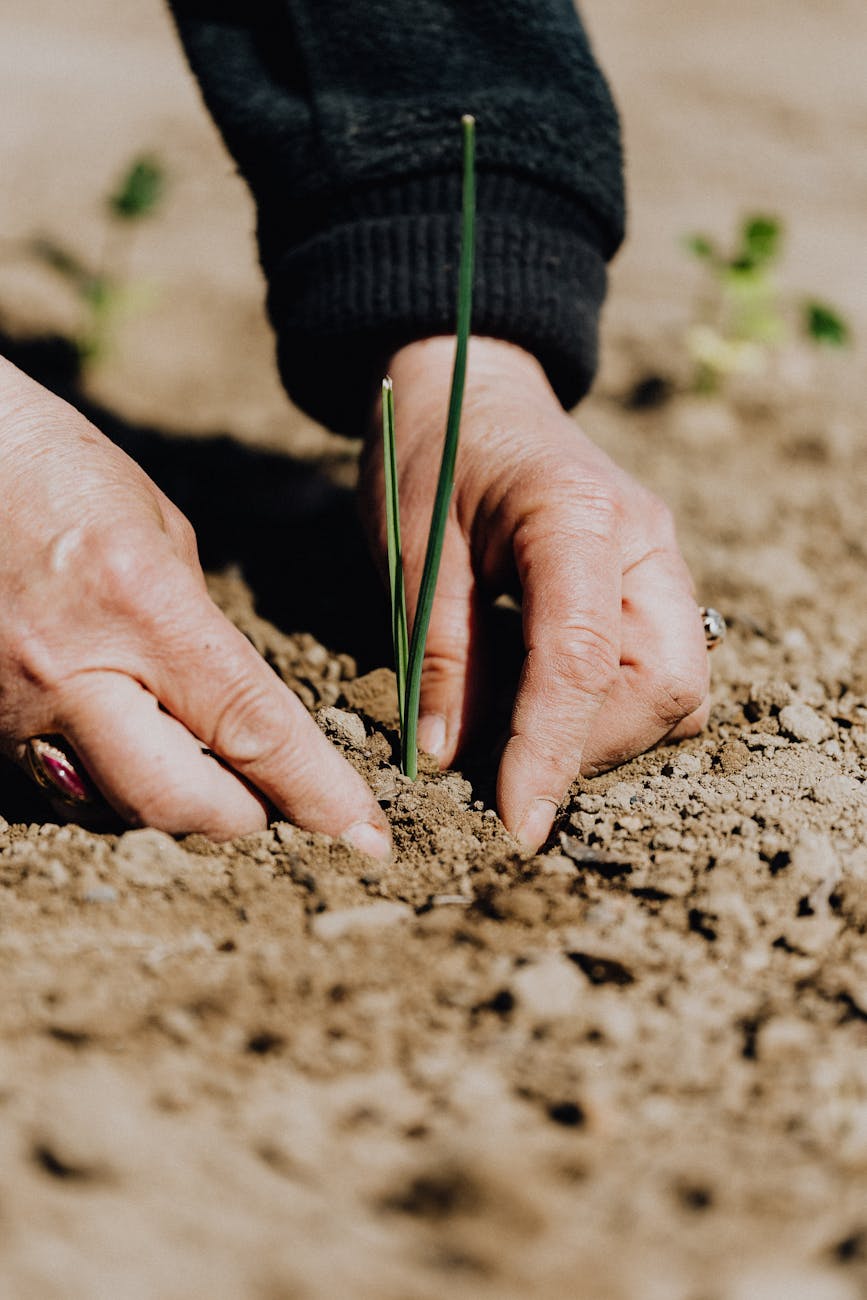
Despite its lush vegetation, the Amazon’s soil is surprisingly deficient in nutrients. The constant rain washes away many soluble nutrients, leaving the soil poor in minerals. However, the rainforest has adapted brilliantly. Much of the nutrients needed by plants are stored within the living biomass itself, recycled as leaves and other organic matter decompose. The roots of rainforest plants also partner with fungi that help them access nutrients from the soil.
Fact 12: The Amazon River once flowed in the opposite direction.
Millions of years ago, the Amazon River actually flowed westward! Geological changes in the Andes Mountains dramatically altered the landscape, eventually causing the river to reverse its course and flow eastward towards the Atlantic Ocean. This fascinating geological shift helped shape the Amazon Rainforest as we know it today.
Read More: 15 Astonishing Natural Wonders You’ve Never Heard Of
Fact 13: Deforestation is a major threat to the Amazon Rainforest.
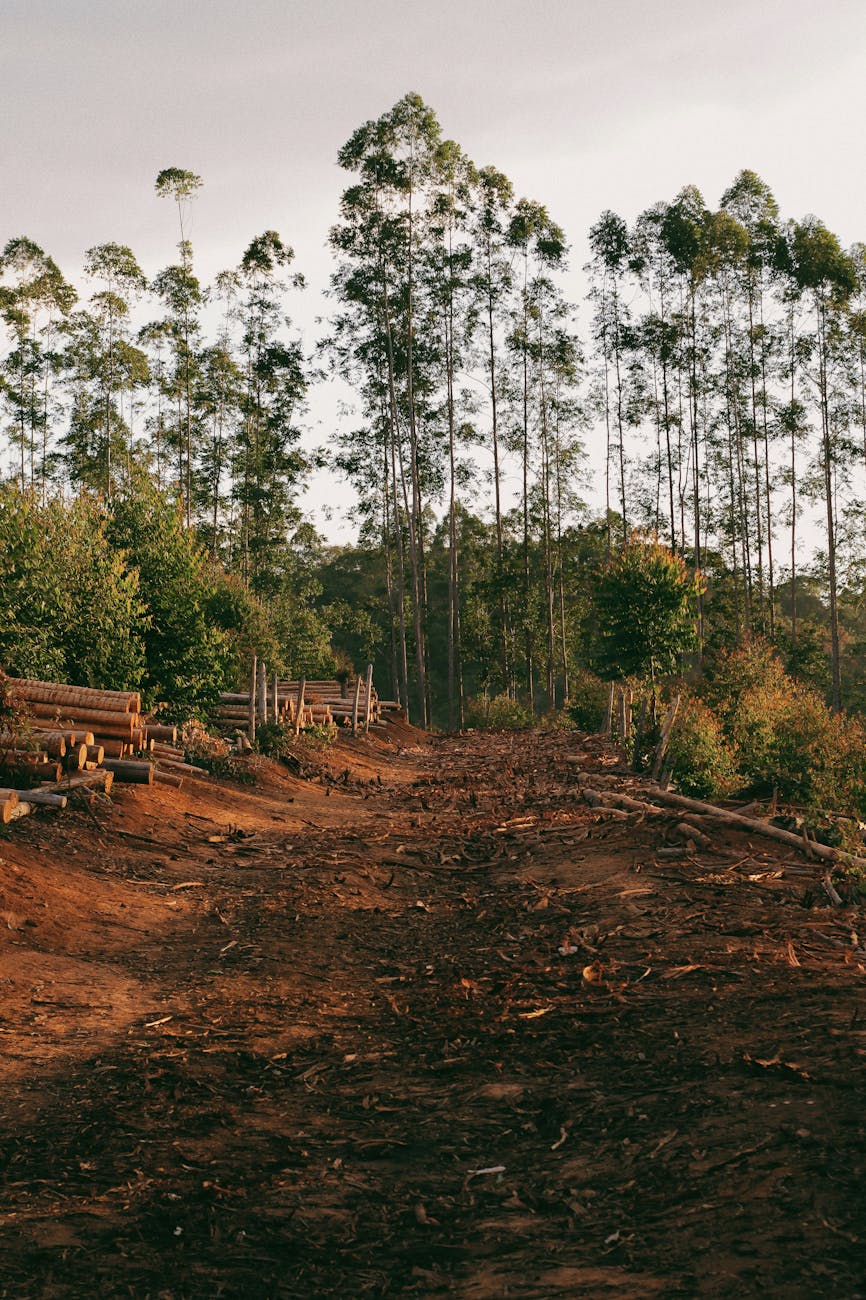
One of the most pressing threats to the Amazon is deforestation. Large swaths of rainforest are being cleared for cattle ranching, agriculture, and logging. This loss of habitat has a devastating impact on biodiversity, disrupts the rainforest’s microclimate, and contributes to global climate change. Protecting the Amazon Rainforest is crucial for the health of our planet.
Fact 14: The Amazon influences global weather patterns.

The Amazon Rainforest plays a significant role in regulating global weather patterns. The vast amount of moisture released by the rainforest influences rainfall patterns around the world. Deforestation in the Amazon could disrupt these patterns, potentially leading to changes in global climate and weather extremes.
Fact 15: The Amazon Rainforest is home to the incredibly dangerous pink river dolphin.
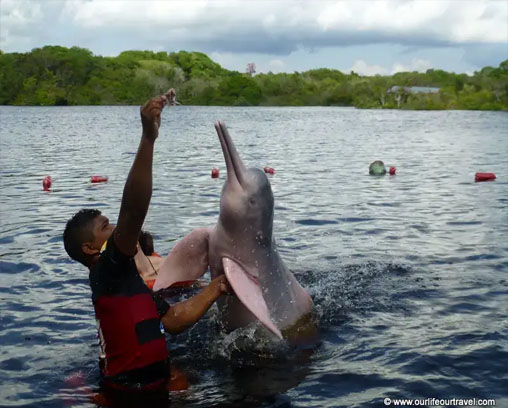
Image Source: ourlifeourtravel
While the name might sound playful, the pink river dolphin is a formidable predator. These intelligent creatures are found in the Amazon River and its tributaries. Despite their pink coloration, they are closely related to the common bottlenose dolphin. Pink river dolphins are apex predators, feeding on fish and other aquatic animals.
Conclusion:
The Amazon Rainforest is a testament to the power and complexity of nature. From its immense size and vibrant biodiversity to its vital role in global climate regulation, the Amazon is an irreplaceable wonder. Understanding the Amazon’s secrets helps us appreciate its fragility and highlights the urgency of protecting it for future generations. Whether you’re fascinated by its unique wildlife, its potential for medicine, or its role in our planet’s health, the Amazon Rainforest is a source of endless inspiration and a reminder of our interconnectedness with the natural world.
15 FAQs( Frequently Asked Questions):
-
Why is the Amazon Rainforest so important?
The Amazon Rainforest is critical for several reasons: it houses incredible biodiversity, plays a major role in regulating the Earth’s climate, provides potential sources of medicine, and supports the livelihoods of indigenous communities.
-
What are some animals that live in the Amazon Rainforest?
The Amazon is home to iconic animals like jaguars, sloths, pink river dolphins, anacondas, macaws, toucans, countless species of monkeys, and millions of insects!
-
Can I visit the Amazon Rainforest?
Yes! There are responsible ecotourism options that allow you to experience the Amazon while minimizing your impact. Choose tours that support local conservation efforts and respect the traditional cultures within the rainforest.
-
How can I help protect the Amazon Rainforest?
You can help by making conscious choices: reduce your consumption of beef and paper products, support companies that source materials sustainably, donate to conservation organizations working in the Amazon, and spread awareness about the rainforest’s importance.
-
Are there still undiscovered tribes in the Amazon?
Yes, there are believed to be isolated tribes living deep within the Amazon who have had minimal or no contact with the outside world. It’s important to respect their choice of isolation and protect their territories.
-
How many species are estimated to live in the Amazon Rainforest?
cientists believe the Amazon is home to millions of species, including around 10% of the world’s known species. With many areas still unexplored, the true number of species is likely much higher.
-
Are any Amazon species dangerous to humans?
Yes, there are certain species in the Amazon that can pose a threat to humans. These include venomous snakes, spiders, large predators like jaguars and caimans, and even plants with toxic properties. It’s important to be aware of potential dangers if visiting the rainforest.
-
Besides deforestation, what other threats does the Amazon Rainforest face?
Other major threats include pollution from mining and oil extraction, illegal wildlife trade, the introduction of invasive species, and the impacts of climate change such as droughts and wildfires.
-
What are some organizations working to protect the Amazon?
Numerous organizations are dedicated to Amazon conservation, including WWF (World Wide Fund for Nature), Amazon Watch, Rainforest Alliance, Conservation International, and the Amazon Conservation Team.
-
Is it safe to explore the Amazon Rainforest?
Exploring the Amazon can be safe if you go with a reputable guide or tour company and follow their safety instructions. The rainforest has inherent dangers, so preparation and knowledge are key.
-
Are scientists still finding new species in the Amazon?
Absolutely! New species are discovered in the Amazon regularly, highlighting the immense biodiversity and our incomplete understanding of this complex ecosystem.
-
How long have people lived in the Amazon Rainforest?
Indigenous people have lived in the Amazon for thousands of years, developing deep knowledge of the rainforest and its resources. Archaeological evidence suggests human habitation as far back as 11,000 years ago.
-
What are some of the traditional practices of Amazonian tribes?
Many indigenous groups practice hunting, fishing, and small-scale agriculture. They have a profound understanding of medicinal plants, and their cultures are rich in tradition, art, and spiritual practices.
-
Is it possible to save the Amazon Rainforest?
Saving the Amazon will require a concerted global effort, but it is possible. This includes reducing deforestation, transitioning to sustainable agriculture, combating illegal activities, supporting indigenous rights, and addressing climate change.
-
What would happen if the Amazon Rainforest disappeared?
The loss of the Amazon would have devastating consequences. It would accelerate climate change, lead to a massive loss of biodiversity, disrupt global weather patterns, and displace countless indigenous communities.




